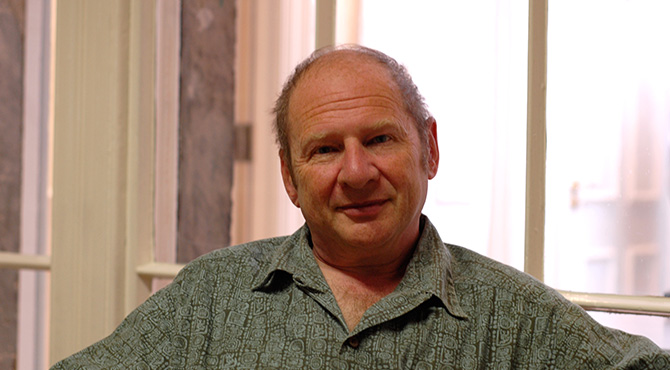
Hal Abelson

Harold (Hal) Abelson is Class of 1922 Professor of Electrical Engineering and Computer Science at MIT and a Fellow of the IEEE. He holds an A.B. degree from Princeton University and a Ph.D. degree in mathematics from MIT. In 1992, Abelson was designated as one of MIT’s six inaugural MacVicar Faculty Fellows, in recognition of his significant and sustained contributions to teaching and undergraduate education. Abelson was recipient in 1992 of the Bose Award (MIT’s School of Engineering teaching award). Abelson is also the winner of the 1995 Taylor L. Booth Education Award given by IEEE Computer Society, cited for his continued contributions to the pedagogy and teaching of introductory computer science. He is co-director of the MIT-Microsoft iCampus Research Alliance in Eductional Technology, co-chair of the MIT Council on Educational Technology, and serves on the steering committee of the HP-MIT Alliance. In these capacities, he played key roles in fostering MIT institutional educational technology initiatives such MIT OpenCourseWare and DSpace. He also consults to HP Laboratories in the area of digital information systems.
Abelson has a broad interest in information technology and policy, and developed and teaches the MIT course Ethics and Law on the Electronic Frontier. He is a founding director of Creative Commons and Public Knowledge, and he was a founding director of the Free Software Foundation. Together, these three organizations are devoted to strengthing our intellectual commons.
Abelson has a longstanding interest in using computation as a conceptual framework in teaching. He directed the first implementation of Logo for the Apple Computer, which made the language widely available on personal computers beginning in 1981, and published a widely selling book on Logo in 1982. His book Turtle Geometry, written with Andrea diSessa in 1981, presented a computational approach to geometry and has been cited as ‘the first step in a revolutionary change in the entire teaching/learning process.’
Together with Gerald Sussman, Abelson developed MIT’s introductory computer science subject, Structure and Interpretation of Computer Programs, a subject organized around the notion that a computer language is primarily a formal medium for expressing ideas about methodology, rather than just a way to get a computer to perform operations. This work, through a popular computer science textbook by Abelson and Gerald and Julie Sussman, videos of their lectures, and the availability on personal computers of the Scheme dialect of Lisp (used in teaching the course), has had a world-wide impact on university computer-science education.
Abelson and Sussman also cooperate in codirecting the MIT Project on Mathematics and Computation, whose goal is to create better computational tools for scientists and engineers. Current group projects include the study of amorphous computing. The objective of this research proposed is to create foundational programming technology for reliably obtaining coherent, prespecified behavior from vast numbers of unreliable information-processing units, irregularly arranged and interconnected in unknown and time-varying ways. Success in this research would have revolutionary impact by creating the system architectures and algorithms for information-processing agents that can be constructed at prices comparable to the raw material costs — for example, coating bridges or buildings with ‘smart paint’ that senses and reports on traffic and wind loads and monitors structural integrity, or ‘intelligent block’ that assemble themselves into prespecified three-dimensional shapes.